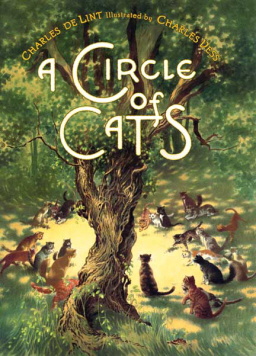 It’s always a pleasure when two creators I admire collaborate. Case in point: A Circle of Cats, a Charles de Lint short story gorgeously illustrated by Charles Vess.
It’s always a pleasure when two creators I admire collaborate. Case in point: A Circle of Cats, a Charles de Lint short story gorgeously illustrated by Charles Vess.
Although it’s very short (48 pages, at least half of which is full-color artwork), A Circle of Cats is a complete and satisfying tale. It tells the story of Lillian, a 12-year-old orphan who lives on the edge of a vast and very old wood with her aunt. One day, after all her chores are done, Lillian chases a deer into a part of the woods she’s never explored before. Falling asleep at the foot of a great gnarled tree, she disturbs a snake that strikes her three times.
As she lays dying, a circle of cats forms around her, for Lillian has found their ancient gathering place. The cats decide to intervene, and when Lillian awakens, she finds herself in the body of a kitten.
What Lillian finds as she explores the woods as a cat, and the strange creatures she meets, form the bulk of the tale. But as night arrives and her elderly aunt begins a desperate search deeper and deeper into the woods for her, Lillian’s efforts to find a way to return to human form become more determined. Ultimately, she learns that getting what she wants will require help from friends she didn’t know she had, and an unusual sacrifice.
Fans of de Lint and Vess’s earlier collaboration, the massive illustrated fantasy Seven Wild Sisters (Subterranean Press, May 2002), will find both the setting and some of the characters familiar, including Aunt Lillian, The Apple Tree Man, and The Father of Cats. De Lint and Vess also collaborated on Medicine Road (Tachyon Publications, June 2009), featuring the further adventures of the red-haired Dillard twins, Laurel and Bess, from Seven Wild Sisters.
While it is primarily intended for young readers, A Circle of Cats is still a fine introduction to Charles de Lint’s fiction, as it has all the hallmarks of his work, including fascinating characters, magical settings, and a story richly suffused in myth. Vess, the artist behind The Book of Ballads and three books with Neil Gaiman (Instructions, Blueberry Girl, and the illustrated version of Stardust), delivers his usual excellent artwork.
A Circle of Cats was published in hardcover by Viking Juvenile in June, 2003. It is 48 pages in full color, with a cover price of $16.99.
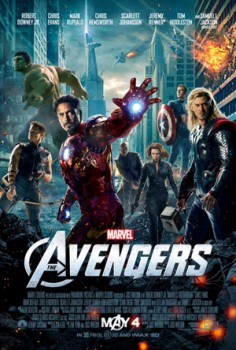 About a month ago, The Avengers (Amazon, B&N) came out on DVD and Blu-Ray. My guess is that most avid superhero fans have probably already gotten their copies. Even if superheroes aren’t normally your thing, though, I recommend getting the film, especially for those who are writers or aspiring writers.
About a month ago, The Avengers (Amazon, B&N) came out on DVD and Blu-Ray. My guess is that most avid superhero fans have probably already gotten their copies. Even if superheroes aren’t normally your thing, though, I recommend getting the film, especially for those who are writers or aspiring writers. I should probably blame the whole thing on John O’Neill and Eric Knight.
I should probably blame the whole thing on John O’Neill and Eric Knight.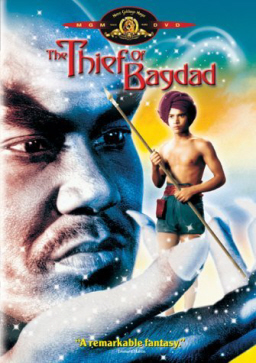
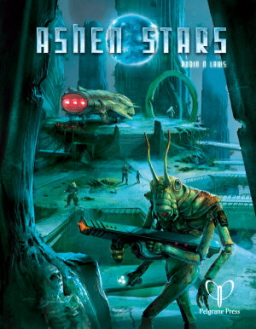
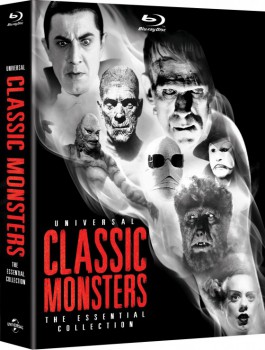 This year, the home video divisions of all the major distributors banded together and plotted a full-scale assault on the wallets and bank accounts of Blu-ray owners during September and October. Only the wealthiest could possibly survive an attack that began with the first Hi-Def release of the Indiana Jones films. But the supreme weapon, the ultimate October Surprise, is Universal’s huge ebony slab of fear, nostalgia, and latex make-up: Universal Classic Monsters: The Essential Collection. Spanning twenty-three years and nine films (advertised as eight, sorry Spanish Dracula), the long-anticipated set brings the Masters of Halloween into glorious 1080p for the first time, and in perfect seasonal position to drain your money before you waste it on a Jack Sparrow costume that forty other people are also going to wear to that same party.
This year, the home video divisions of all the major distributors banded together and plotted a full-scale assault on the wallets and bank accounts of Blu-ray owners during September and October. Only the wealthiest could possibly survive an attack that began with the first Hi-Def release of the Indiana Jones films. But the supreme weapon, the ultimate October Surprise, is Universal’s huge ebony slab of fear, nostalgia, and latex make-up: Universal Classic Monsters: The Essential Collection. Spanning twenty-three years and nine films (advertised as eight, sorry Spanish Dracula), the long-anticipated set brings the Masters of Halloween into glorious 1080p for the first time, and in perfect seasonal position to drain your money before you waste it on a Jack Sparrow costume that forty other people are also going to wear to that same party.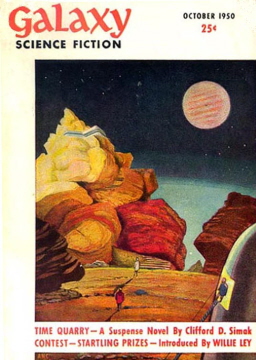
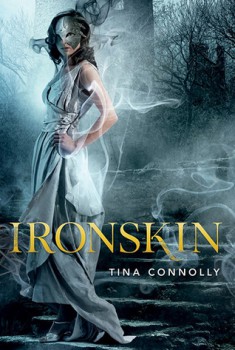 Ironskin
Ironskin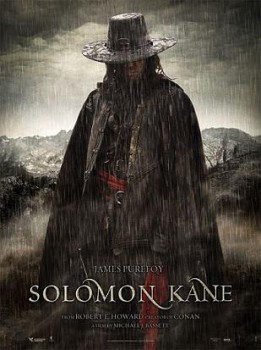 The sixteenth- and early seventeenth-century Puritan adventurer Solomon Kane is my favorite of Robert E. Howard’s serial characters: a fascinating mixture of obsession, religion, righteousness, history, and dark fantasy awesomeness. However, it’s the character I love, not necessarily the stories in which he appeared. With the exception of “Wings in the Night,” the Solomon Kane stories are mid-range pieces in Howard’s canon, not at the consistent level he delivered later with Conan, King Kull, or many of his one-shots. Solomon Kane appeared early in Howard’s short professional pulp career, with the first published story in the August 1928 issue of Weird Tales. Perhaps if Howard stayed longer with the Puritan hero while his storytelling skills increased, he might have equaled the Conan series in quality.
The sixteenth- and early seventeenth-century Puritan adventurer Solomon Kane is my favorite of Robert E. Howard’s serial characters: a fascinating mixture of obsession, religion, righteousness, history, and dark fantasy awesomeness. However, it’s the character I love, not necessarily the stories in which he appeared. With the exception of “Wings in the Night,” the Solomon Kane stories are mid-range pieces in Howard’s canon, not at the consistent level he delivered later with Conan, King Kull, or many of his one-shots. Solomon Kane appeared early in Howard’s short professional pulp career, with the first published story in the August 1928 issue of Weird Tales. Perhaps if Howard stayed longer with the Puritan hero while his storytelling skills increased, he might have equaled the Conan series in quality.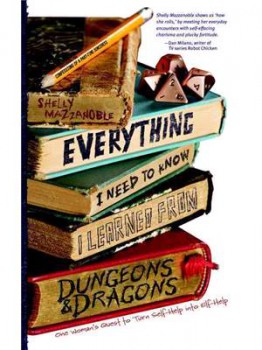 Everything I Need to Know I Learned From Dungeons & Dragons
Everything I Need to Know I Learned From Dungeons & Dragons